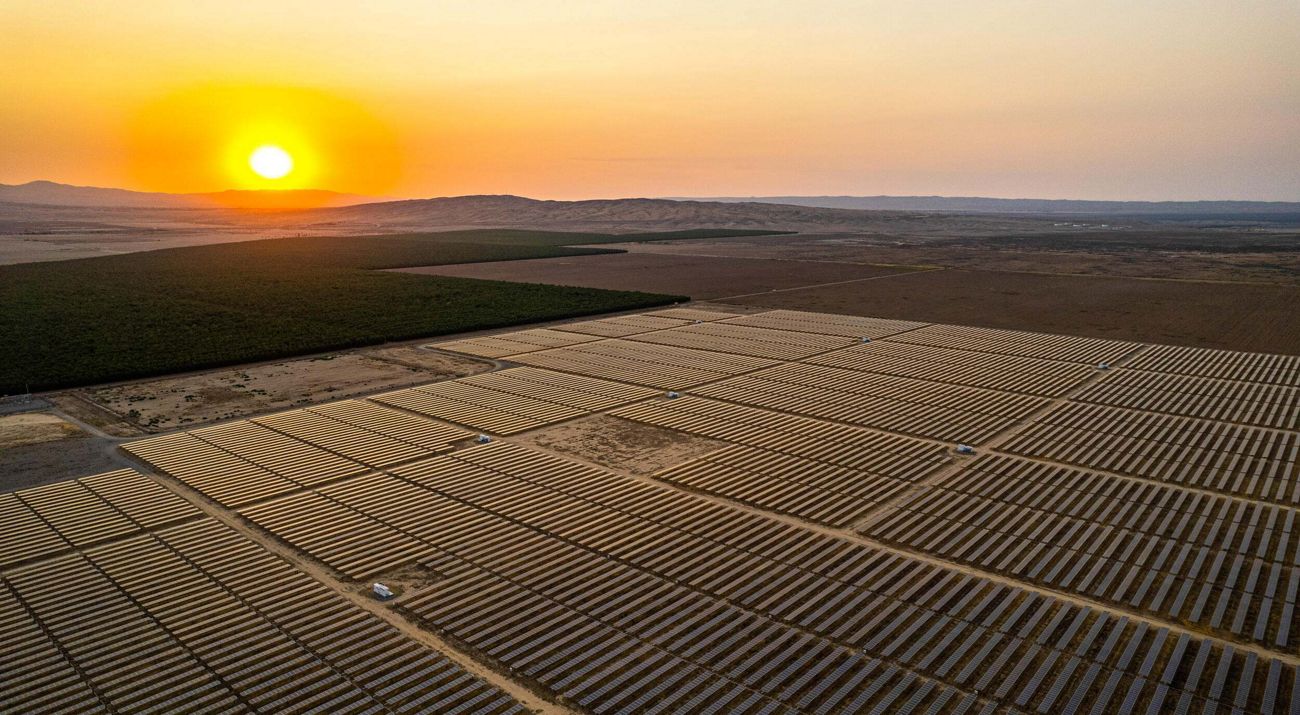Frequently Asked Questions
Frequently asked questions related to advance mitigation, mitigation banks and including regulatory agencies other than CDFW as an acknowledging agency.

What is advance mitigation?
In order to protect species and habitats in California, there are various laws which require compensation for impacts to those species and habitats, or “mitigation.” Establishing mitigation in advance of project impacts results in more efficient permitting and certainty, lower costs, more effective regional conservation outcomes. In addition, advance mitigation considers species and habitat needs at a landscape level, preserving larger areas of high-quality habitat and improving regional ecological function, often at lower per-unit costs.
Advance mitigation can be implemented at a scale and on a timeline that is guided by conservation priorities because it is not tied to any project. With advance mitigation, there is a risk that the conservation action implemented might never be needed for compensatory mitigation, but the risk is less when associated with an approved conservation strategy.
Credits created under an MCA can be sold, mitigating the risk of unused credits. If created credits are used, the temporal losses of valuable species habitat and ecosystem function are avoided because the compensatory action has already been implemented and the resulting mitigation is often larger, and more robust than project-by-project mitigation.
Framework MCAs would provide a means to implement advance mitigation. NCCPs, regional HCPs, and mitigation credits from conservation banks and mitigation banks, are well-established providers of advance mitigation. MCAs are intended to expand the use of advance mitigation into areas that are not served by these providers.
How are Mitigation Credit Agreements related to mitigation banks?
Mitigation Credit Agreements are not intended to replace mitigation banks. A CDFW-approved MCA provides a new, more strategic approach to advance mitigation that is tied to, and made possible by, an approved RCIS. MCAs must meet standards that are as high as mitigation banks. Private mitigation banks will continue to be a valuable advance mitigation tool for creating mitigation credits by protecting and managing individual mitigation sites.
Do other regulatory agencies besides CDFW recognize MCAs?
While MCAs are a CDFW mitigation tool; however, other regulatory agencies can be included as acknowledging agencies. If an agency decides to sign on to the MCA as an acknowledging agency they are indicating the MCA meets their agencies mitigation requirements. If an agency does not sign on as an acknowledging agency when the MCA is approved, they can separately approve the use of MCA credits to meet a project’s compensatory mitigation needs during a project’s permitting process.
If you are seeking additional agencies to acknowledge a proposed MCA, the acknowledging agencies should be identified early in the process and engaged in each step of developing the MCA.
What is a MCA Framework?
An optional, framework can be approved by CDFW prior to submittal of a draft MCA package. The framework may be useful if an MCA sponsor intends to create mitigation credits on multiple future sites, is unsure on the specific location(s), or is unsure about the specifics of a proposed MCA. A framework allows CDFW to review and approve components of a Framework MCA for future sites that may have commonalities and to streamline approvals of the specific sites listed in the Framework MCA in the future. An approved framework may also be used for multiple future MCAs within the same RCIS and with the same purpose outlined in the approved framework.